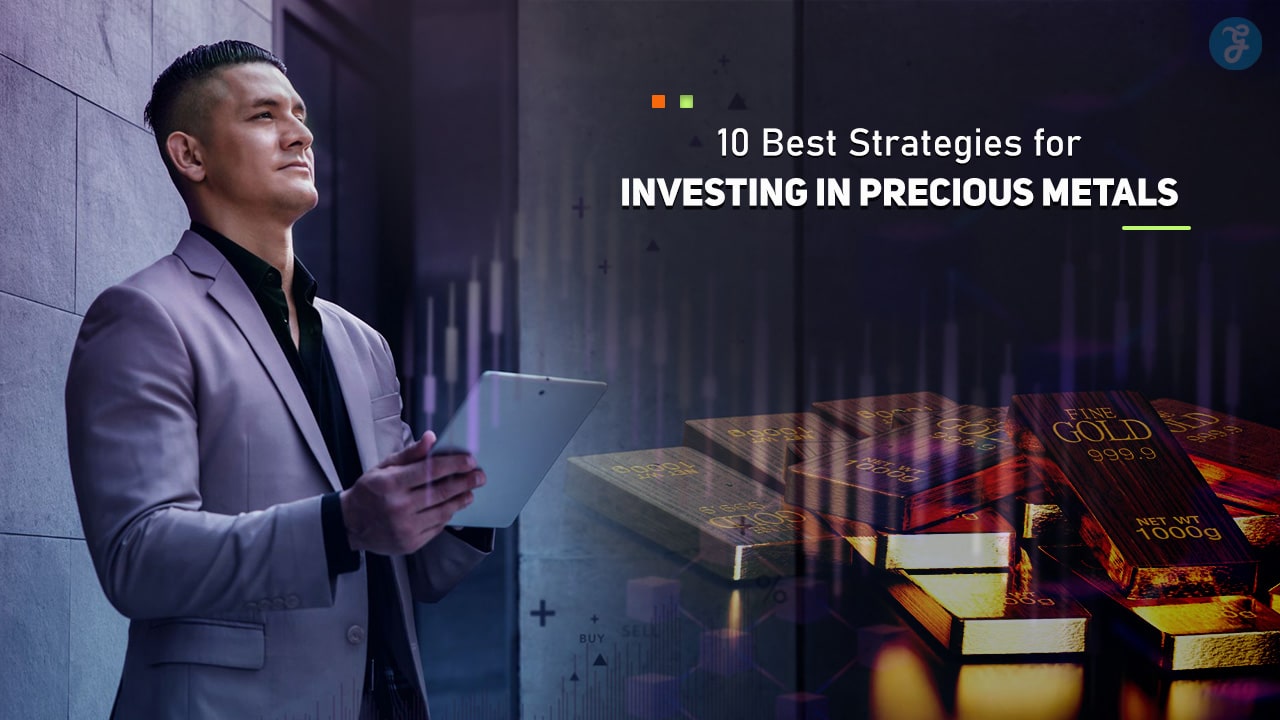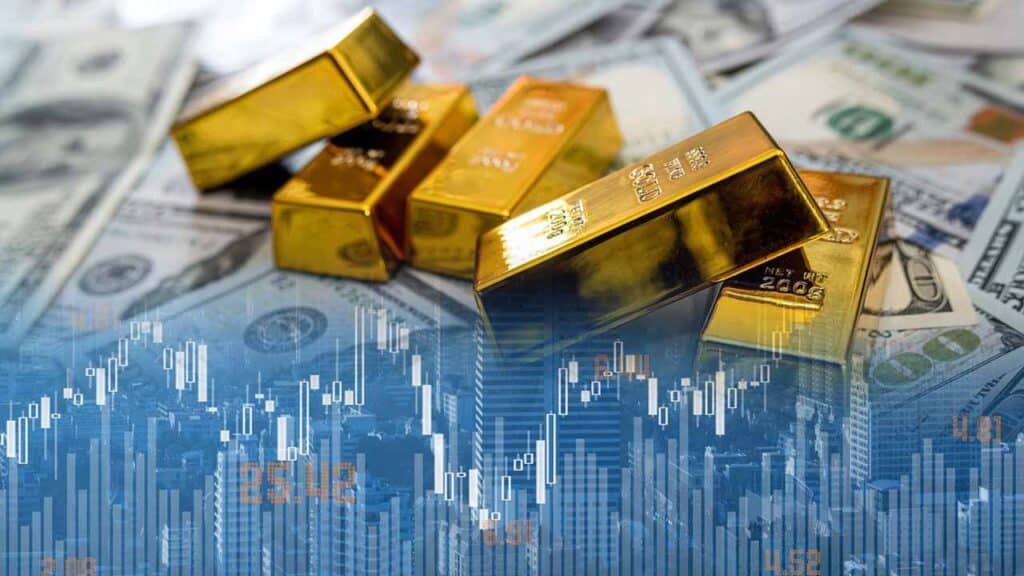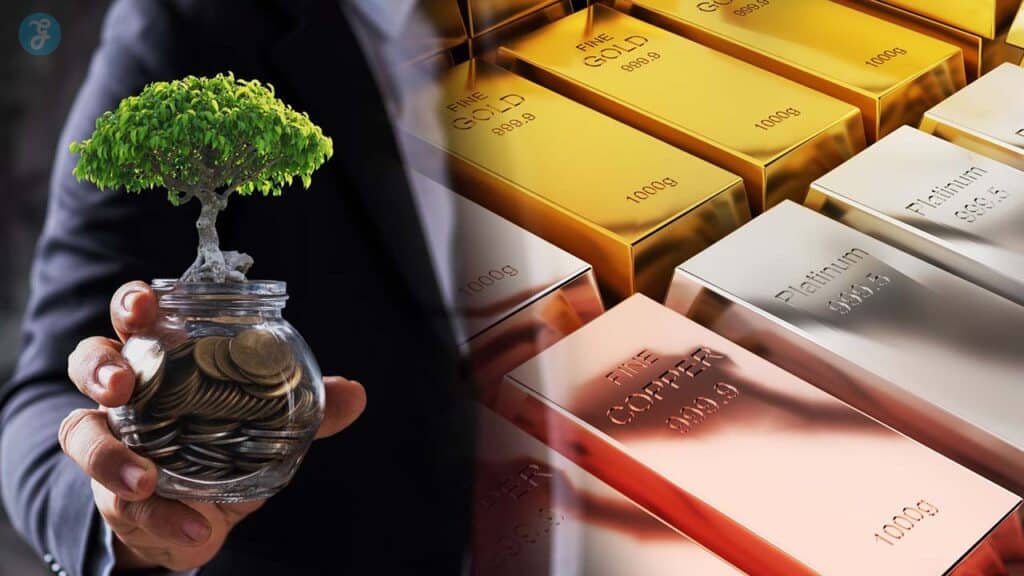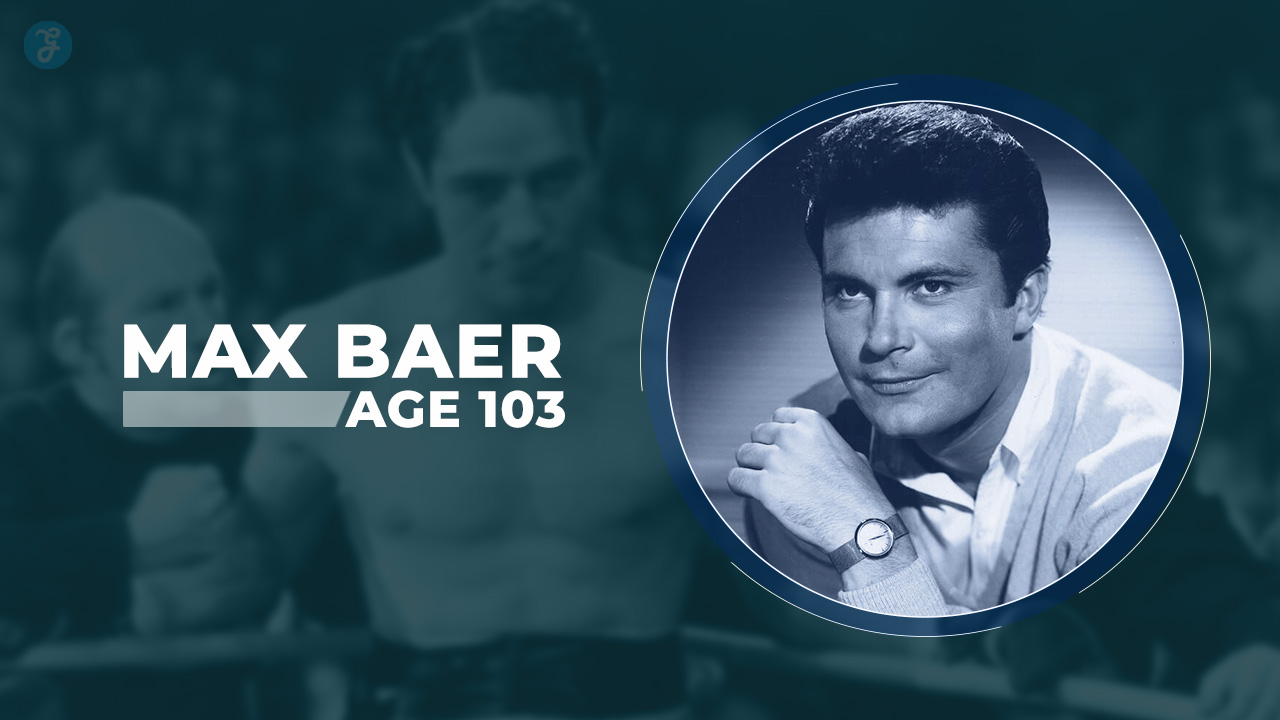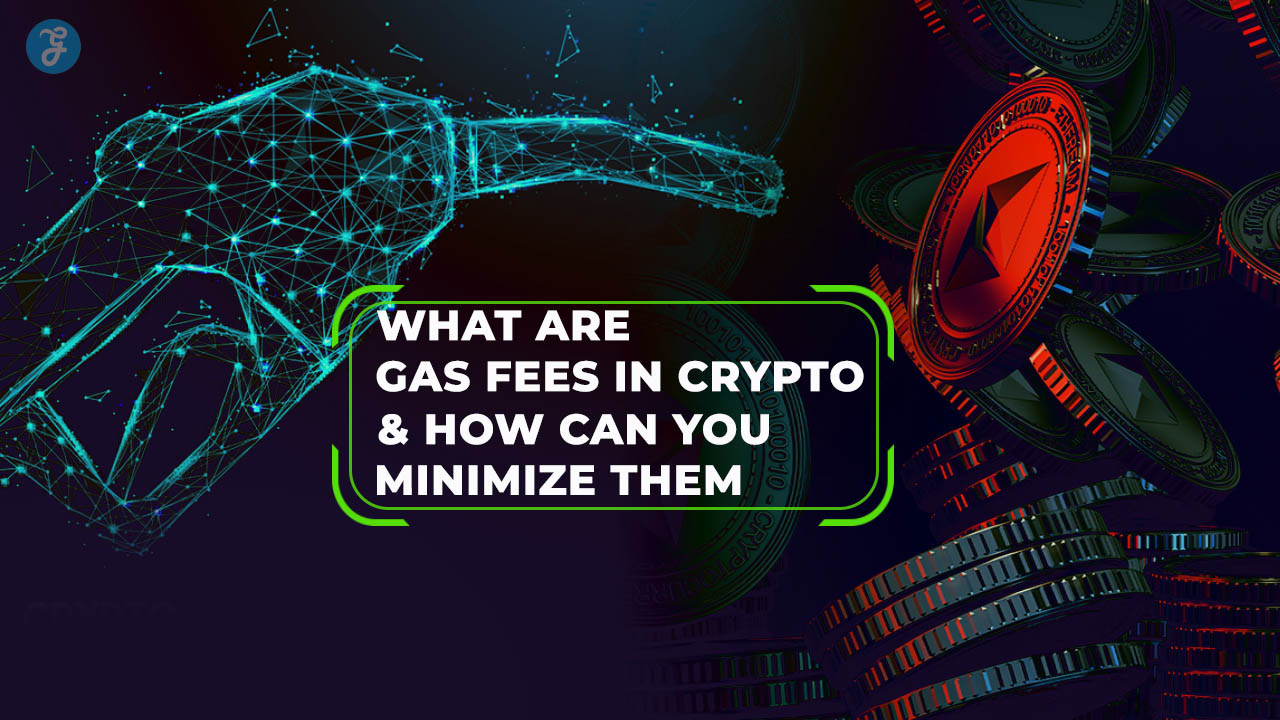Precious metals like gold, silver, platinum, and palladium have long been considered safe-haven investments.
They offer a hedge against inflation, currency fluctuations, and economic uncertainties, making them a staple in a well-diversified portfolio.
However, investing in precious metals requires more than just buying and holding—you need a strategy to maximize returns and minimize risks.
In this guide, we’ll explore 10 proven strategies for investing in precious metals. Whether you’re a seasoned investor or a beginner, these insights will help you make informed decisions and unlock the full potential of these timeless assets.
1. Diversify Across Different Precious Metals
Why It’s Important
Each precious metal has unique characteristics, market drivers, and industrial applications. Diversifying your investment across multiple metals helps reduce risk and capture opportunities in different market conditions.
How to Diversify
- Gold: Known as a store of value and hedge against inflation.
- Silver: Offers both investment value and industrial demand.
- Platinum and Palladium: Primarily used in the automotive industry for catalytic converters.
Pro Tip
Balance your portfolio by allocating a percentage to each metal based on your risk tolerance and market outlook.
2. Invest in Physical Precious Metals
Why It’s Important
Owning physical metals like gold and silver bullion provides tangible value and a safeguard against financial system failures.
Ways to Invest in Physical Metals
- Coins and Bars: Purchase from reputable dealers to ensure authenticity.
- Storage Solutions: Use secure vaults or safety deposit boxes to protect your assets.
Benefits
- No counterparty risk compared to paper assets.
- Direct ownership gives you control over your investment.
Pro Tip
Be aware of storage and insurance costs, which can add to your overall investment expenses.
3. Explore Precious Metal ETFs and Mutual Funds
Why It’s Important
Exchange-traded funds (ETFs) and mutual funds offer exposure to precious metals without the need to store physical assets.
Types of ETFs
- Physical-Backed ETFs: Represent ownership of actual metals stored in vaults.
- Mining ETFs: Invest in companies that extract and refine precious metals.
Benefits
- High liquidity and ease of trading.
- Lower transaction costs compared to physical metals.
Pro Tip
Research fund expenses and performance history before investing to ensure alignment with your goals.
4. Consider Precious Metal Mining Stocks
Why It’s Important
Investing in mining companies provides leveraged exposure to precious metal prices, often resulting in higher returns during market upswings.
Key Considerations
- Major Miners: Companies like Barrick Gold and Newmont offer stability and dividends.
- Junior Miners: Smaller firms provide higher growth potential but come with greater risk.
Pro Tip
Diversify across multiple mining stocks to mitigate company-specific risks.
5. Use Dollar-Cost Averaging
Why It’s Important
Market timing is challenging, especially in volatile precious metal markets. Dollar-cost averaging (DCA) helps smooth out price fluctuations over time.
How to Implement DCA
- Invest a fixed amount regularly, regardless of market conditions.
- Accumulate more assets when prices are low and fewer when prices are high.
Benefits
- Reduces emotional decision-making.
- Builds your position steadily over time.
Pro Tip
Automate your investments to stay consistent with your DCA strategy.
6. Monitor Market Indicators and Economic Trends
Why It’s Important
Precious metal prices are influenced by factors like inflation, interest rates, and geopolitical events. Staying informed allows you to make timely investment decisions.
Key Indicators to Watch
- Inflation Rates: Rising inflation often boosts gold prices.
- US Dollar Strength: Precious metals typically move inversely to the dollar.
- Central Bank Policies: Changes in interest rates can impact demand.
Pro Tip
Use tools like Bloomberg or Reuters to stay updated on market trends and news.
7. Hedge Against Inflation and Currency Risks
Why It’s Important
Precious metals act as a hedge during economic instability, protecting your portfolio’s purchasing power.
How to Hedge
- Allocate 5-15% of your portfolio to precious metals.
- Focus on gold during inflationary periods and silver during periods of economic growth.
Benefits
- Preserves wealth when fiat currencies depreciate.
- Balances risk in a diversified portfolio.
8. Leverage Futures and Options for Advanced Strategies
Why It’s Important
Futures and options allow you to speculate on precious metal prices or hedge against potential losses.
Key Strategies
- Futures Contracts: Commit to buying or selling metals at a predetermined price.
- Options Contracts: Gain the right (but not the obligation) to trade metals at a specific price.
Caution
These instruments are complex and carry higher risk. They are best suited for experienced investors.
9. Pay Attention to Industrial Demand
Why It’s Important
Industrial applications significantly influence the demand and price of metals like silver, platinum, and palladium.
Key Sectors
- Silver: Used in electronics, solar panels, and medical devices.
- Platinum and Palladium: Essential for automotive catalytic converters and hydrogen fuel cells.
Pro Tip
Invest in metals with strong industrial demand to capitalize on economic growth.
10. Stay Disciplined and Avoid Emotional Decisions
Why It’s Important
Market fluctuations can lead to impulsive buying or selling. A disciplined approach ensures long-term success.
How to Stay Disciplined
- Set clear investment goals and stick to them.
- Avoid overreacting to short-term price changes.
- Regularly review and adjust your portfolio as needed.
Pro Tip
Work with a financial advisor to stay on track and maintain objectivity.
Conclusion
Investing in precious metals is a time-tested strategy for building wealth and protecting your portfolio against economic uncertainties.
By implementing these 10 strategies—ranging from diversification and physical ownership to advanced tools like futures—you can navigate the complexities of the market and achieve your financial goals.
Whether you’re new to precious metals or a seasoned investor, staying informed, disciplined, and proactive will help you maximize returns while minimizing risks.
Start building a robust precious metals investment strategy today and secure your financial future!


